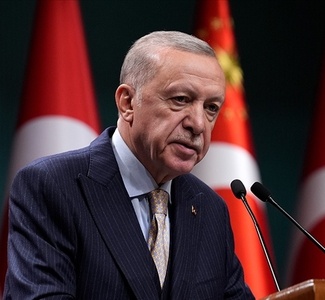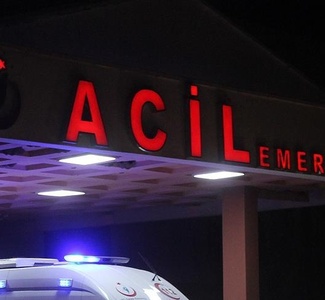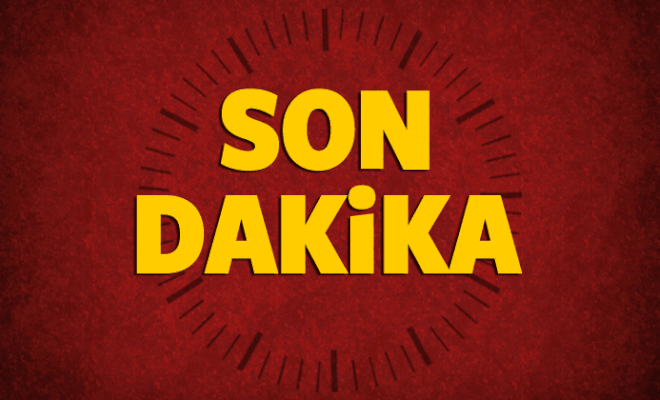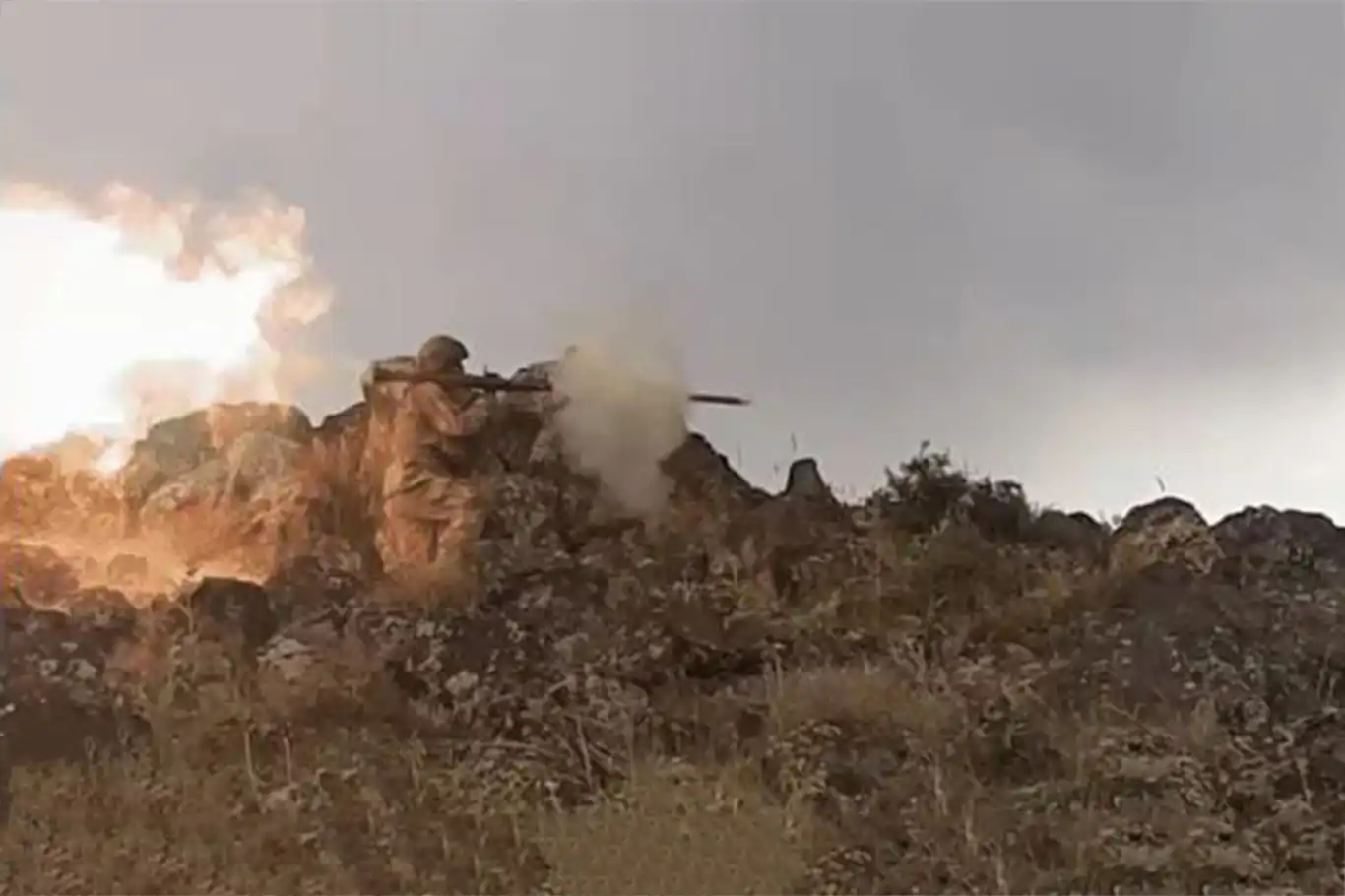35 years have passed since the brutal massacre in Halabja
The Halabja massacre, which is a black mark against the history of humanity, retains its freshness in memories despite the passing 35 years.

 Google News'te Doğruhaber'e abone olun.
Google News'te Doğruhaber'e abone olun. Thousands of oppressed Muslim Kurdish people were targeted by the orders of Saddam Hussein during the Halabja massacre on March 16, 1988, which left a black stain on history by the hand of the Western subcontractors.
Children fell on the ground like sparrows after shouted, “Daye behna sêvan tê (Mom, I feel the scent of apple)”.
This massacre has gone in history as the wildest massacre after Hiroshima and Nagasaki. Despite the fact that 34 years have passed since the massacre, where the whole world remained silent, the atrocities and massacres of that day remain in memory.
So, how things get to that point in Halabja…
The last period of the Ottomans…The imperialists, who resembled a flock of wolves plunged into the Islamic lands, have divided Kurdish land into four pieces on the new map they have determined as they punished the Kurdish people, faithful people, for not obeying the imperialists.
This initiative, which started with the Sykes-Picot Agreement and ended with Lausanne, was also opening the door to a Kurdish issue in every part they have divided.
The Kurds were subjected to the oppression of the Socialist-Baathists in Syria and Iraq, secular-Kemalists in Turkiye, and the Shah regime in Iran. Muslim Kurds, who have been deprived of their human rights, have suffered throughout history in these four parts.
In 1979... National socialist Michel Aflaq 's student and also his intellectual son, Saddam Hussein Al-Tikriti took over the power in Iraq.
The Kurds in Iraq were faced with many problems, especially with assimilation policies during the Saddam era. Right at that time, the revolution that took place in Iran, right next to Iraq, ended the existence of Shah Reza Pahlavi, another puppet of the West in the region.
The West, which was in danger of losing its puppets, has launched a war against Iran by putting Saddam on the line. This war between Iran and Iraq lasted 8 years. The Kurds, who have been living under Saddam's pressure for years, have set a stand for Iran in this war.
Saddam appointed Ali Hassan al-Majid, nicknamed Chemical Ali, as the commander in charge of the Kurdish region. Chemical Ali rained a chemical bomb on Halabja city and its villages in the context of the brutal operation in the Kurdish region. These chemical bombs killed more than 5,000 people and injured more than 7,000 people. Thousands of people had to leave their homes and emigrate.
The name of death with the smell of apple: Halabja
Death fell like a dark cloud on the people of Halabja. Halabja turned into a death field with corpses piled up on top of each other, rotten human bodies, and children who had lost their lives with their mouths open. People were in shock, did not know what to do.
Some of them, along with their family, were walking around in the street, trying to maintain their routine life. But the poison suddenly spread all over their bodies. They were unaware that death would catch them all of a sudden.
The chemical weapon used consisted of mustard and sarin gas, which caused great damage to the skin, eyes, throat, and lungs. Those who inhaled apple-scented chemical gas were surrendering to this venom.
“Unlike ionizing atoms in Nagasaki and Hiroshima, mustard gas is also incredibly damaging for the future generation,” says experts while expressing the effects of the mustard gas. “It especially has damage on DNA in the long term.”
The whole world has witnessed people dying slowly suffering because of the gas that melts the human body, causing the nervous system to collapse and the breaking of the backbone.
Halabja experienced one of the most painful days in human history. In the massacre of Halabja, first people died and then humanity died.
The number of people killed in the attacks continued until 17 March is still unclear. According to international organizations, at least 5 thousand people are killed, mostly women and children. At least 14 thousand 765 people were injured. However, foreign observers who went to town after the war say that the number is much higher.
Iranian physicians reported that victims of the chemical attacks on Halabja showed characteristic symptoms of cyanide poisoning, while other reports indicated substantial quantities of mustard gas and other chemical weapons were used. Most of the wounded taken to hospitals in the Iranian capital Tehran were suffering from mustard gas exposure. A United Nations (UN) medical investigation concluded that mustard gas was used in the attack, along with unidentified nerve agents; the UN's investigator was "unable to obtain any definitive information about the [reported] use of hydrocyanic gas as an aggressive chemical."
It is generally accepted that "a lethal cocktail of mustard gas and the nerve agents Tabun, Sarin and VX" was used, as reported by the BBC. Prior to the Halabja incident, there were at least 21 documented smaller-scale chemical attacks against Iraqi Kurds, none of which prompted any serious response from the international community.
Why Halabja was the target?
Of course, it should not be ignored that the Western powers, which did not tolerate the Kurds to be religious people, have used chemical weapons in Halabja, where the Islamic movement was strong. Halabja was also the center of the Islamic organization there.
At the head of the Islamic Movement, which was the third power at that stage, there was Sheikh Osman, called Abu Halabja. The Kurdistan Islamic Movement had considerable armed forces. In addition, it was growing day by day. This attracted the attention of both Saddam and Westerners.
Many countries became partners in the massacre
Many countries of the world have supported Saddam's massacres in some ways.
About a month after the Halabja massacre, some newspapers headlines in Turkey said that “We have become a tool in the massacre”. The newspaper reported that the gas used in the Halabja massacre was primarily produced in European countries, including Switzerland, Belgium, and Germany, and was brought to Turkiye by sea, Mersin port, then sent to Iraq. (ILKHA)


















































